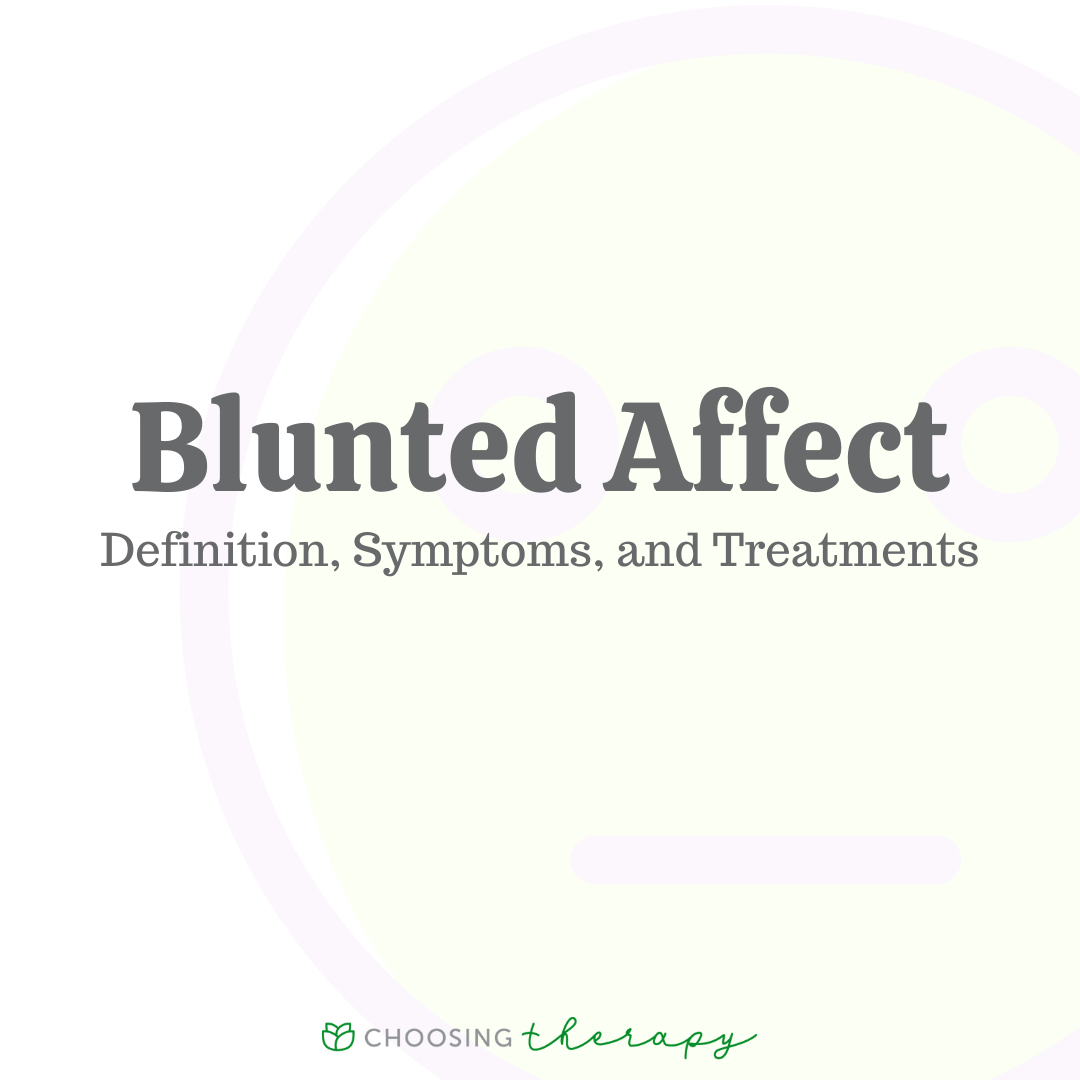

Treatment options may include cognitive behavior interventions that address body image and dietary and physical activity behaviors family-based therapy, which is a first-line treatment for youths and pharmacotherapy, which may treat co-occurring conditions, but should not be pursued alone. Weight gain of 2.2 to 4.4 lb per week stabilizes cardiovascular health. A healthy weight range is determined by the degree of malnutrition and pre-illness trajectories. The escalation of care should be based on health status (e.g., acute food refusal, uncontrollable binge eating or purging, co-occurring conditions, suicidality, test abnormalities), weight patterns, outpatient options, and social support. Additional care team members (i.e., dietitian, therapist, and caregivers) should provide a unified, evidence-based therapeutic approach. After diagnosis, visits should include the sensitive review of psychosocial and clinical factors, physical examination, orthostatic vital signs, and testing (e.g., a metabolic panel with magnesium and phosphate levels, electrocardiography) when indicated. Clinicians should interpret disordered eating and body image concerns and carefully monitor patients' height, weight, and body mass index trends for subtle changes. Early intervention may decrease the risk of long-term pathology and disability. Eating disorders are potentially life-threatening conditions characterized by disordered eating and weight-control behaviors that impair physical health and psychosocial functioning.


 0 kommentar(er)
0 kommentar(er)
